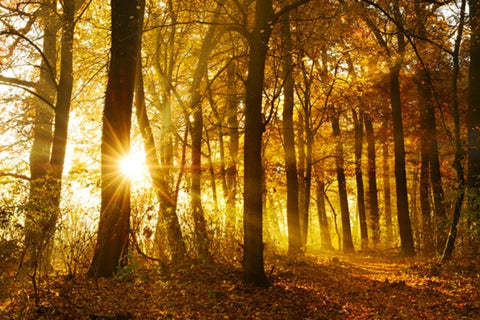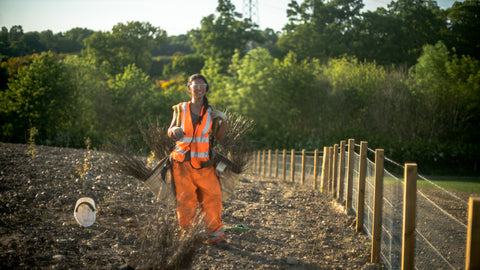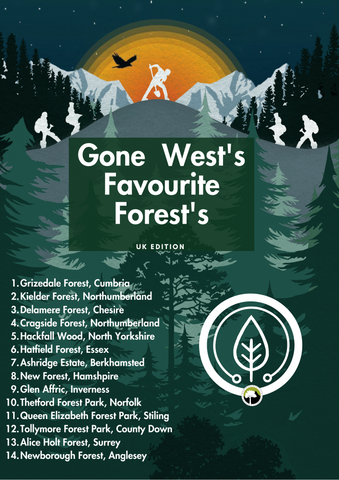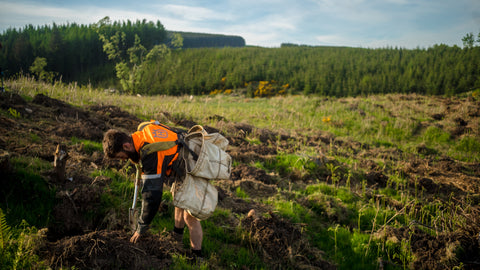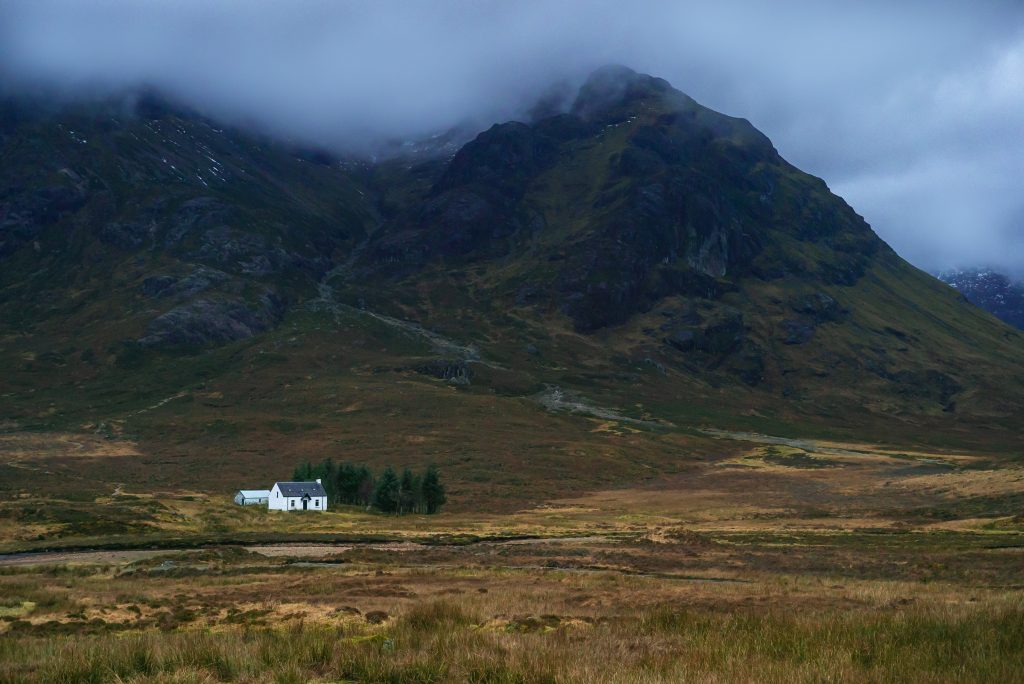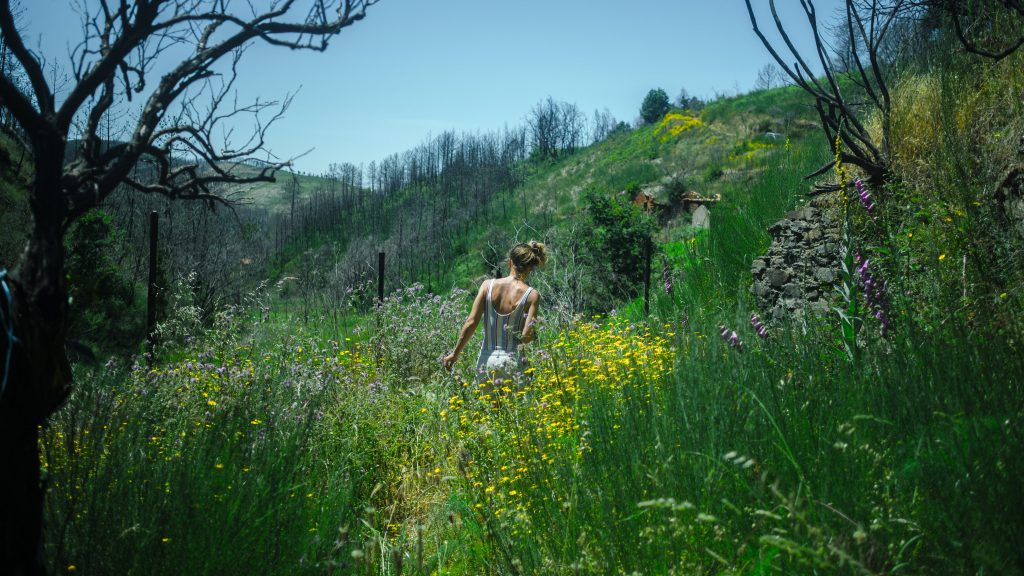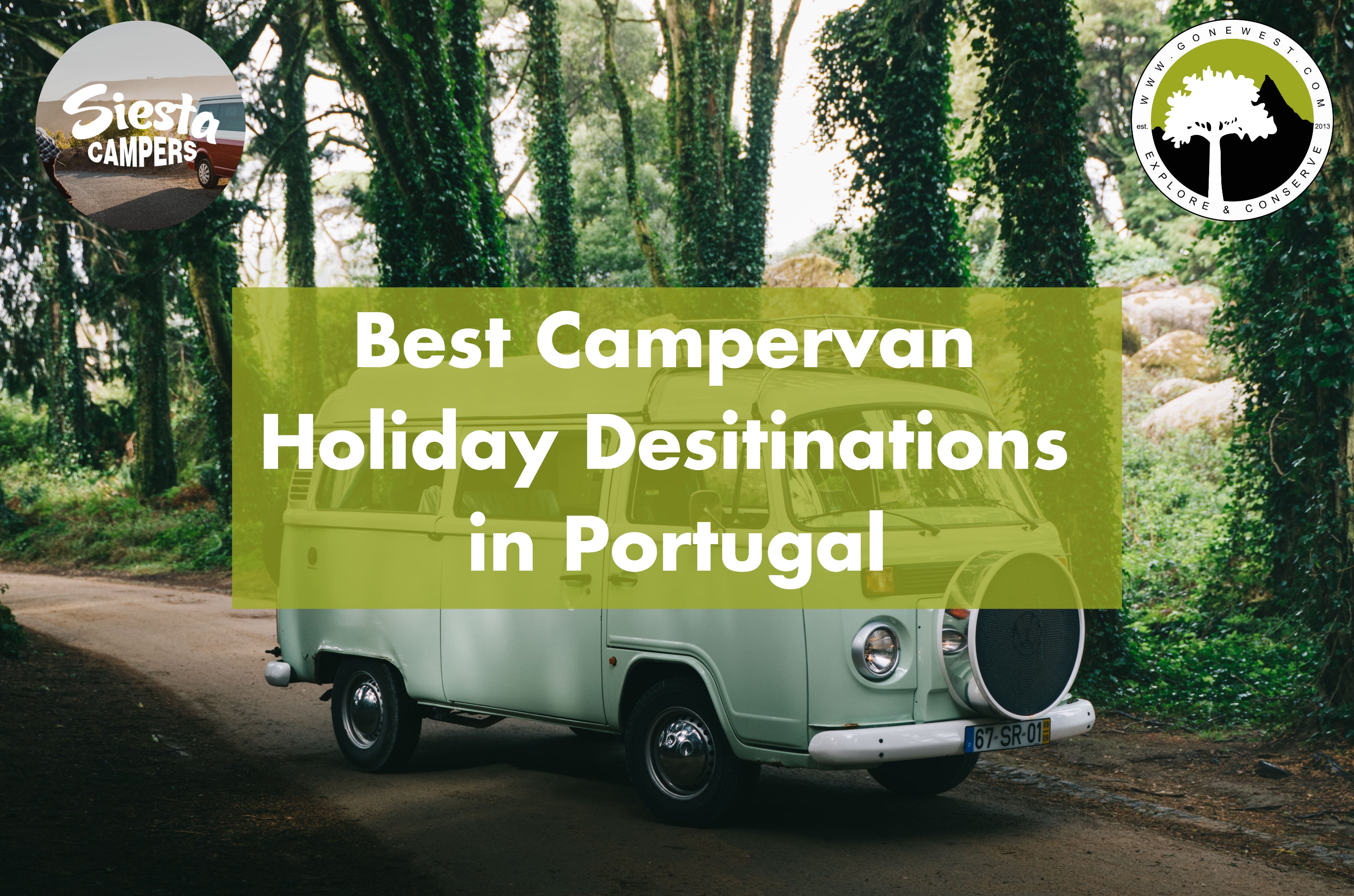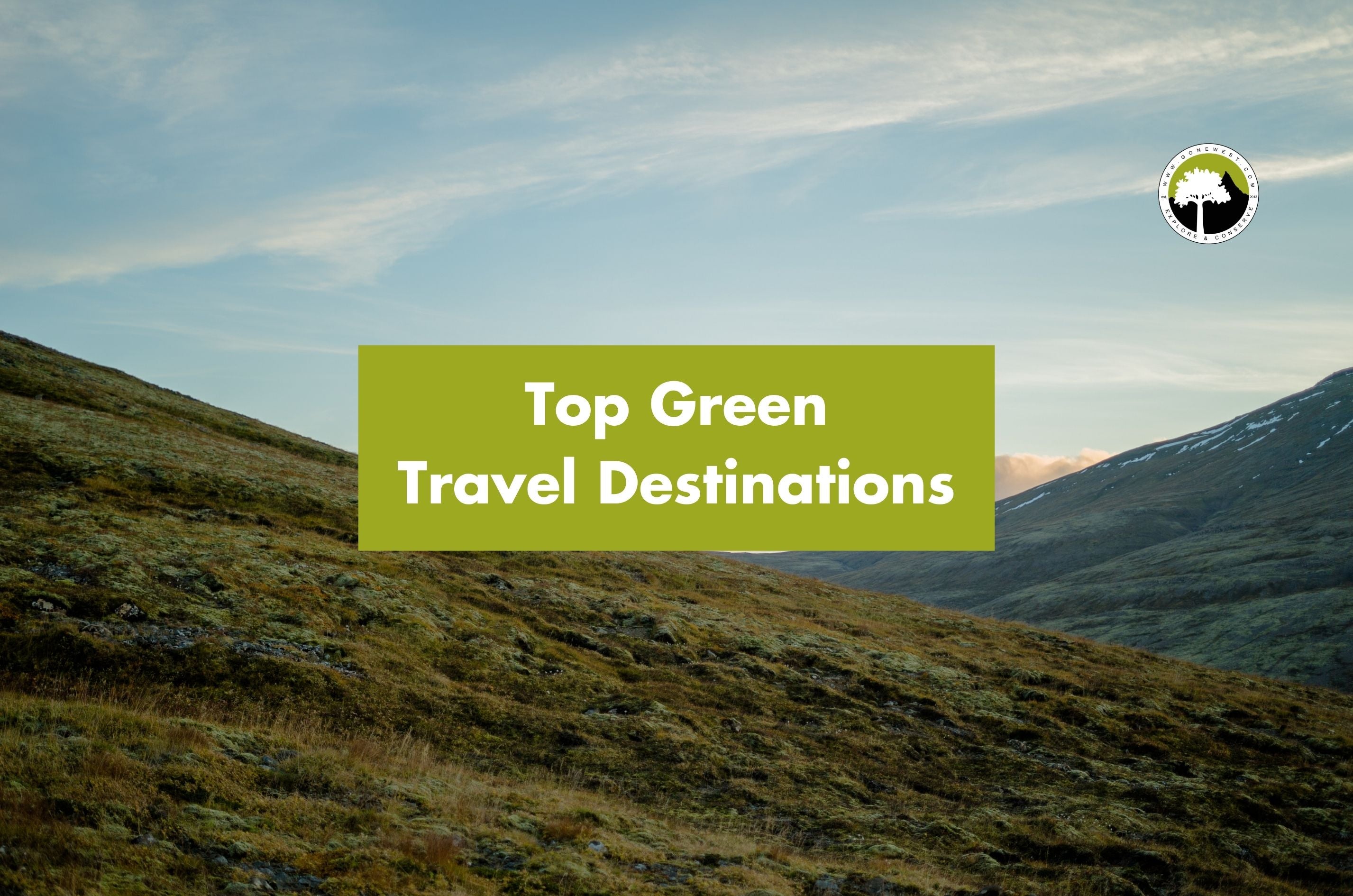Trees are detrimental to the Earth, as well as the forests that contain them, forests cover a 3rd of our Earth’s surface and contain over 3 trillion trees!
There are all sorts of projects going on, large and small, designed to restore our woods and re-introduce native tree species to ancient and new forests. As one of the organizations that are dedicated to protecting our natural forests, we couldn’t stress more the importance of our forests and what they do for us.
There are thousands of reasons why our forests are beneficial to our planet, to list just a few:
- Absorbing carbon from the atmosphere and storing it
- Keeping soils healthy and intact
- Locking in the higher levels of carbon contained in our soils
- Supporting ecosystems
- Help species of wildlife from bugs and birds to other plants
- Provide habitats
- Provide clean air
- Aid in flood protection by storing excess water and stabilising soils
- Regulating global temperatures
- shading and cooling our local streets
- Being a great place for us to visit for relaxation, recreation and exercise
- Acting as natural barriers, protecting soils and crops from strong winds and heavy rainfall and providing shade and shelter for livestock
We encourage you to learn about our beautiful forests and truly enjoy mother nature. What’s unique about forests is that they exist in every terrain, they have all different characteristics that allow them to thrive in their particular climate.
In general terms forests can be separated into three major area zones, these zones are in accordance with their distance from the equator. These are the following:
- Boreal (Taiga) zone
- Temperate zone
- Tropical zone
Temperate Forests
Source: Encyclopaedia Britannica (1997)
Temperate forests inhabit parts of North America, Northeastern Asia, and Europe as you can see in the map above. A temperate forest is found between the tropical and boreal regions, located in the temperate zone. These forests experience the four seasons they experience, spring, summer, autumn and winter. They relatively experience a lot of rainflow with roughly 75-150 cm of precipitation each year.
Deciduous trees make up most of the entirety of the tree composition of these forests, as well as coniferous trees (the likes of fir & pine trees). The decaying fallen leaves from these trees and moderate temperatures help combine to create fertile soil.
“Did you know within the UK the most commonly occurring broadleaved species in Great Britain are Birch(18%) , Oak (16%) and Ash (12%) . Birch is more dominant in Scotland, accounting for 43% of trees”
In temperate forest there are roughly 3-4 tree species per square km. These forests are abundant with wildlife such as foxes, grey & red squirrels, rabbits, birds, deer, wolves, and bears. They are adapted to both cold winters and warm summer weather.
The UK is under the Temperate zone and as such we will be focusing on temperate forest types, however if you want to learn more about the other types please visit the guys at ZmeScience. Not only are forests grouped into 3 large zones, they are more specific types of forests within these zones.
- Deciduous Forests
- Coniferous Forests
- Coppice Forests
- Ancient Forests
Deciduous Forests
Source: COUNTRYFILE
A deciduous forest mainly encompasses deciduous trees which lose their leaves seasonally. The Earth has deciduous forests located in the temperate zone but also has tropical and subtropical deciduous forests. Parts of the deciduous forests can include mature woods, enabling people to freely walk around at the ground and having heavily shaded areas.
List of common deciduous trees:
- oak
- maple
- birch
- ash
- willow
- poplar
- aspen
- Beech
- chestnut
- silver birch
Deciduous forests have five different zones.
- Tree Stratum zone:The Tree Stratum zone can contain any of the deciduous trees we have listed above. This zone is the tallest of the zone and has height ranges between 60 feet and 100 feet as it encompasses the matured trees.
- Small tree and sapling zone: This zone has the young, to not quite mature short trees, as well as any baby tree saplings.
- Zone shrub zone: Some of the shrubbery and bushes are in this zone such as rhododendrons, azaleas, mountain laurel, and huckleberries.
- The Herb zone:This zone contains the smaller plants in the forest such as herbs and ground plants.
- Ground zone:This zone can contain all things found on the ground such as lichen, club and tree mosses as well as plant and tree roots.
Sadly, a lot of deciduous forests have lost land to farms and towns. Although people are trying to protect the forests, not only are trees being cut down, the animals who live there are also losing their homes because of habitat destruction, when people begin building their homes in wooded areas.
A lot of areas in deciduous temperate forests are still in need of a lot of help in replanting and bringing them back to their former glory. If you are interested in helping us save the forests, please visit us here to help donate a tree near you.
Coniferous Forests
Source: Unsplash
The coniferous forest is situated between the tundra to the north and the deciduous forest to the south. One type of coniferous forest, the northern boreal forest. Another type, temperate coniferous forests, grows in lower latitudes of North America, Europe, and Asia, in the high elevations of mountains.
Coniferous forests consist mostly of conifer trees , which are trees that grow needles and cones instead of vegetation and flowers with shrubs also having needles and/or scalelike leaves.
Conifers are usually evergreen, meaning they bloom all season round. These adaptations help conifers to survive in extreme climates.
Here are some of the most common conifers species:
- Cedar trees
- False cedar trees
- Pine trees
- Fir trees
- Spruce trees
- Larch trees
- Cypress trees
- Hemlock trees
- Junipers trees
- Yews trees
- Redwoods trees
- Sequoia trees
Here in the UK, there is a small patch of coniferous forest, The Caledonian Forest of Scotland. This is the only native coniferous forest which we have in the UK. It has suffered centuries of decline. Glady, some recovery of Caledonian pinewoods has occurred, in parts such as Strathspey.
Coppice Forests
These are forests which are mainly run in plantations. They are used for their wood and are a big part of the logging business. Coppice forest trees or shrubs are periodically cut back to ground level to stimulate growth and provide firewood or timber.This method occurs when deciduous trees aren’t fully mature and when the tree is cut down, it tends to sprout new shoots from the remaining trunk a lot quicker than usual.
Coppice shoots grow very much more rapidly than a newly planted tree, because they have the benefit of an existing root system. So it is more efficient for logging and the wood industries to plant coppice forests.
Within a few years the poles are long enough and thick enough to be cut and used for building materials such as fencing, houses construction and even firewood.
Ancient Woodland Forests
Source: Channel 4 News (2014)
Any of the above kinds of forests we have touched upon, could in fact be a form of Ancient Woodland. This is any land which has been in existence for the past 400 years. Many of these woodlands were managed by coppicing (which we mentioned above) in order to supply wood and wood products to local communities. So some forests may still have ancient trees in the form of coppice stools which will be of great age, but may not contain ancient trees which are huge in stature in comparison to coppice stools.
During the twentieth century, the pressures for more land for farming, forestry and road construction threatened ancient woodland and overall deforestation of our world’s forests. A lot of our ancient forests have been thought to have been eradicated in the post-war period industrial revolution. Scaringly what remains of our ancient forests is estimated to only roughly 2.5% of the UK.
Our Forests
As the summer is upon us, our forests are here to be enjoyed and you can never know what you can find at your doorstep. We urge you to go out and reconnect with nature. Below we have compiled our list of favourite forests, you should visit and there’s bound to be one near you.
14 of Gone Wests of favorite forests in the Uk:
Are the UKs Forests Disappearing?
As well as the beautiful forests we have mentioned there are some forests in the UK that are in dire need of reforestation. Shockingly, the UK is still one of the least-wooded countries in Europe. Most of these forests that are endangered are part of our ancient woodlands, with a threat against a forest the size of Birmingham. It has been called for the UK to double forest areas to help combat deforestation and aid in curbing climate change according to Friends of the Earth by:
“Adding to and increasing existing UK forest cover will help play an important part in accelerating the drawdown of carbon from the atmosphere and contributing towards the ‘net zero’ goal that the UK is committed to under the 2015 Paris Climate Agreement.”
However, depressingly it has been reported that despite the government incentives, the rates of new forests being planted remain stubbornly low in England. If you are interested in donating a tree to help our disappearing forests please visit us here.
Another grim reason why more carbon is being produced is due to the hype around Cryptocurrencies , which requires a vast electricity usage to power its transactions , making it a major cause of climate concern.
Investing in cryptocurrencies may seem like a way to make ‘quick’ cash but it is making lasting marks on our planet. If you want to make an investment but are environmentally conscious, we have the perfect solution for you, as we are now opening up the opportunity to invest in Gone West. Pre-registrations are now live so be sure to visit us at Seedrs and start your investment journey with us.
Our Mission to Help UK Forests
At Gone West we have several missions to help restore the UK to its former forest glory. We currently have 4 projects underway to help repopulate our native forests and stop our forests from disappearing.
We are halfway through our mission to plant 1000+ native broadleaf trees at Fog Lane Park (Manchester), split evenly between Oak , Alder and Hazel trees. These trees will bolster the beauty and ecology of this urban park, provide green space for the city’s residents, help mitigate problems with flooding and provide vital habitat for avian life, as well as native pollinators.
At Esk Valley Camphill Community we are planning on planting over 10,000 trees. Ecologically, this project is designed to primarily help regenerate the forest which will in turn benefit wildlife, and biodiversity and create flood prevention. The project will restore a much-loved woodland by under-planting the existing aging birch trees with 10,000 native broadleaf trees. The work is necessary because over browsing by rabbits and invasive bracken had made natural regeneration practically impossible so we are stepping in and giving it a helping hand.
Down at the Cotswolds at Manor Farm, Hampton Gay, we are joining with a family who are very much conservation driven like us to plant 5,000+ trees on their land. They are striving to give the best conditions to the sheep and native breed of cattle that they keep. They have also vowed to never use pesticides or glyphosates on the land to help the trees prosper.
Lastly, we have partnered with Orchard farm on a project to plant over 200 trees on their land, which is based in a 10 acre farm near Walcote in Leicestershire which is home to pasture fed cattle. This land has not been ploughed in 300 years, making it a place rife to wildlife such as roe, deers, rabbits and woodpeckers.
You have a great opportunity to become part of our mission! We are opening up the opportunity to the public to invest in us. By investing in us you are not only making an investment for yourself but also for our forests. If you are interested in this please visit us on Seeders to pre-register before we go live .
But enough of that, we hope you have enjoyed and hopefully learned something new from our article. We want the people of the UK to enjoy your forests, as well as help look out for them.
Be sure to follow us on our Instagram and join our newsletter to keep up with us, as we help save Britain’s forests one tree at a time.
Stay in the loop


